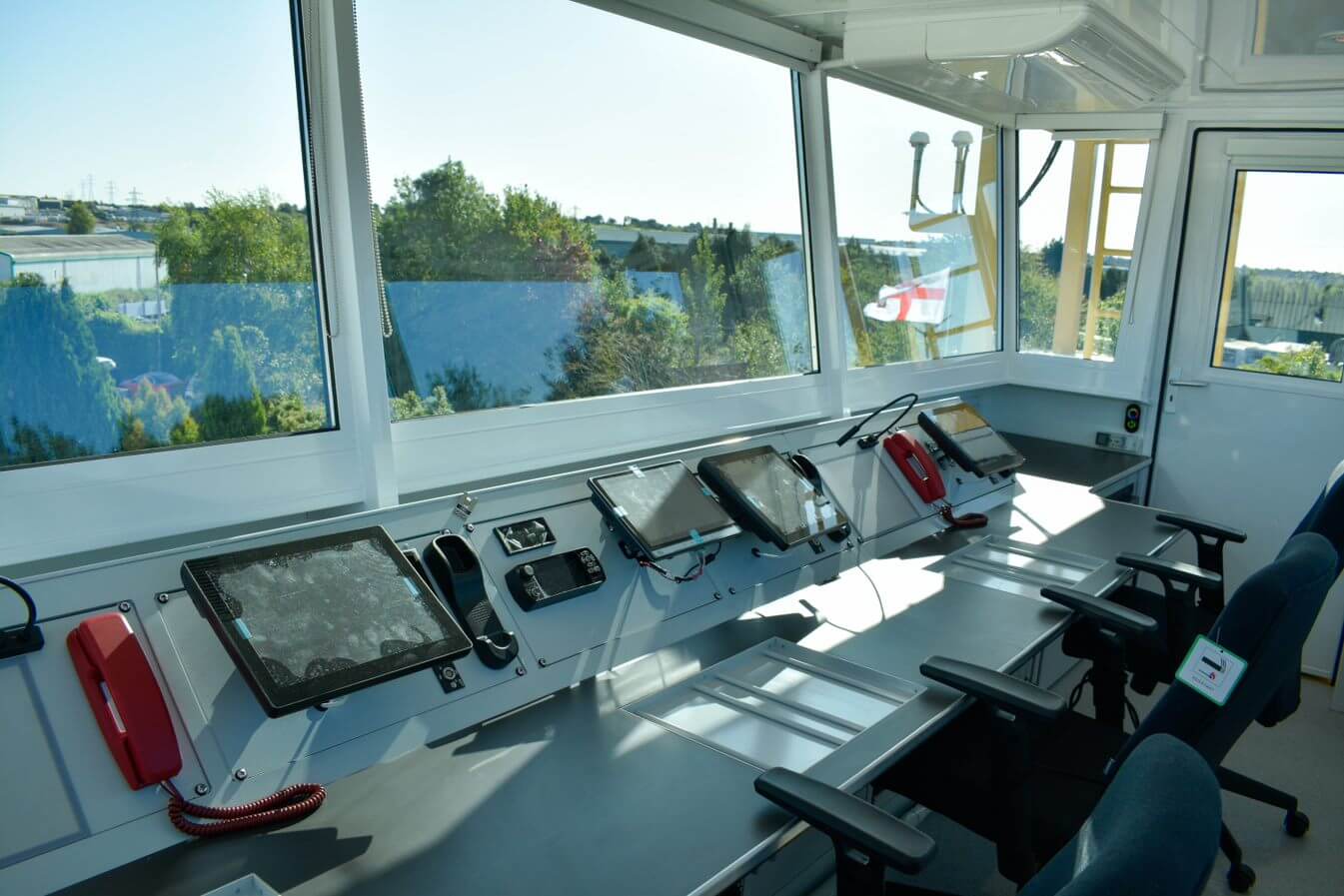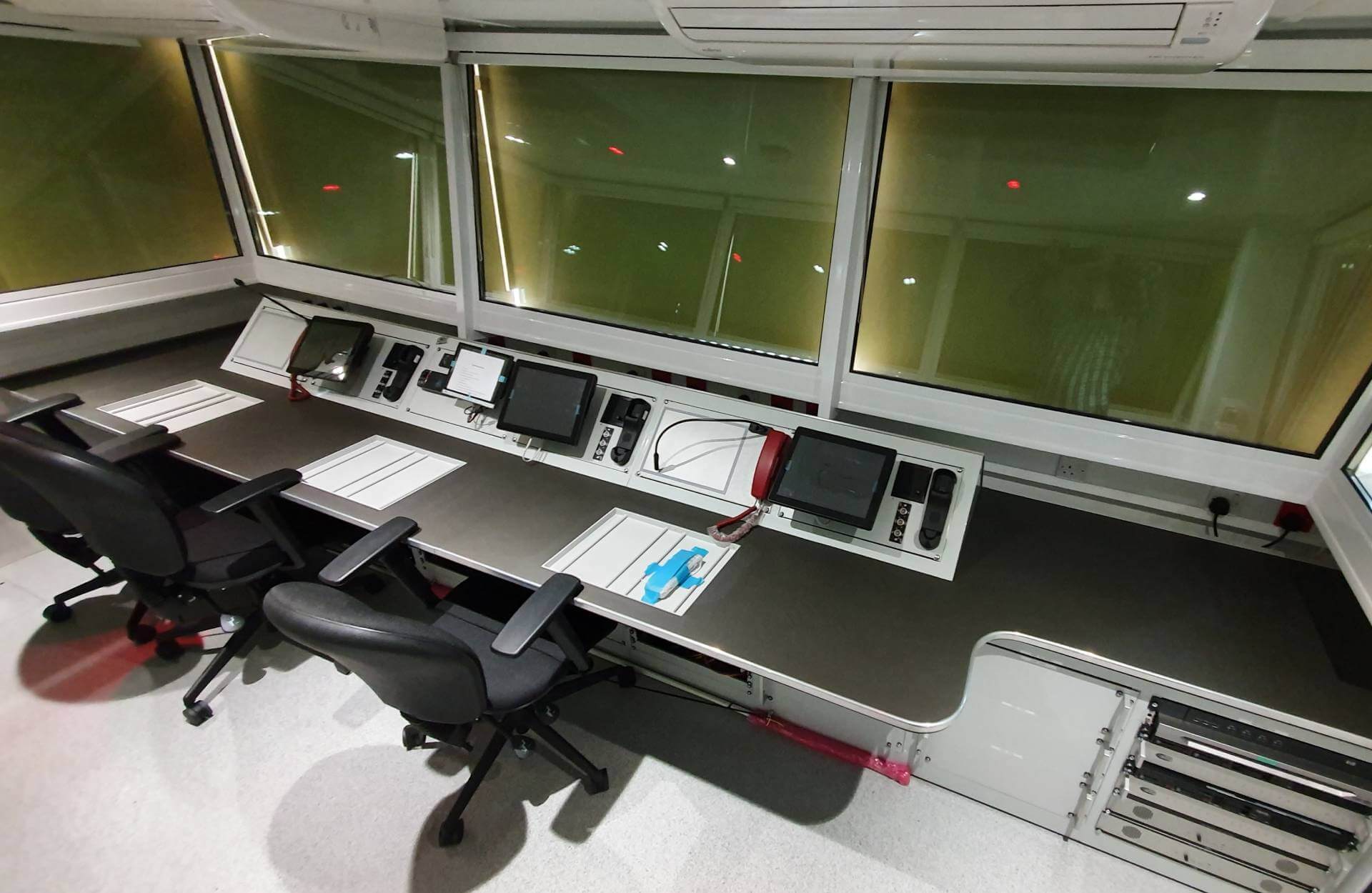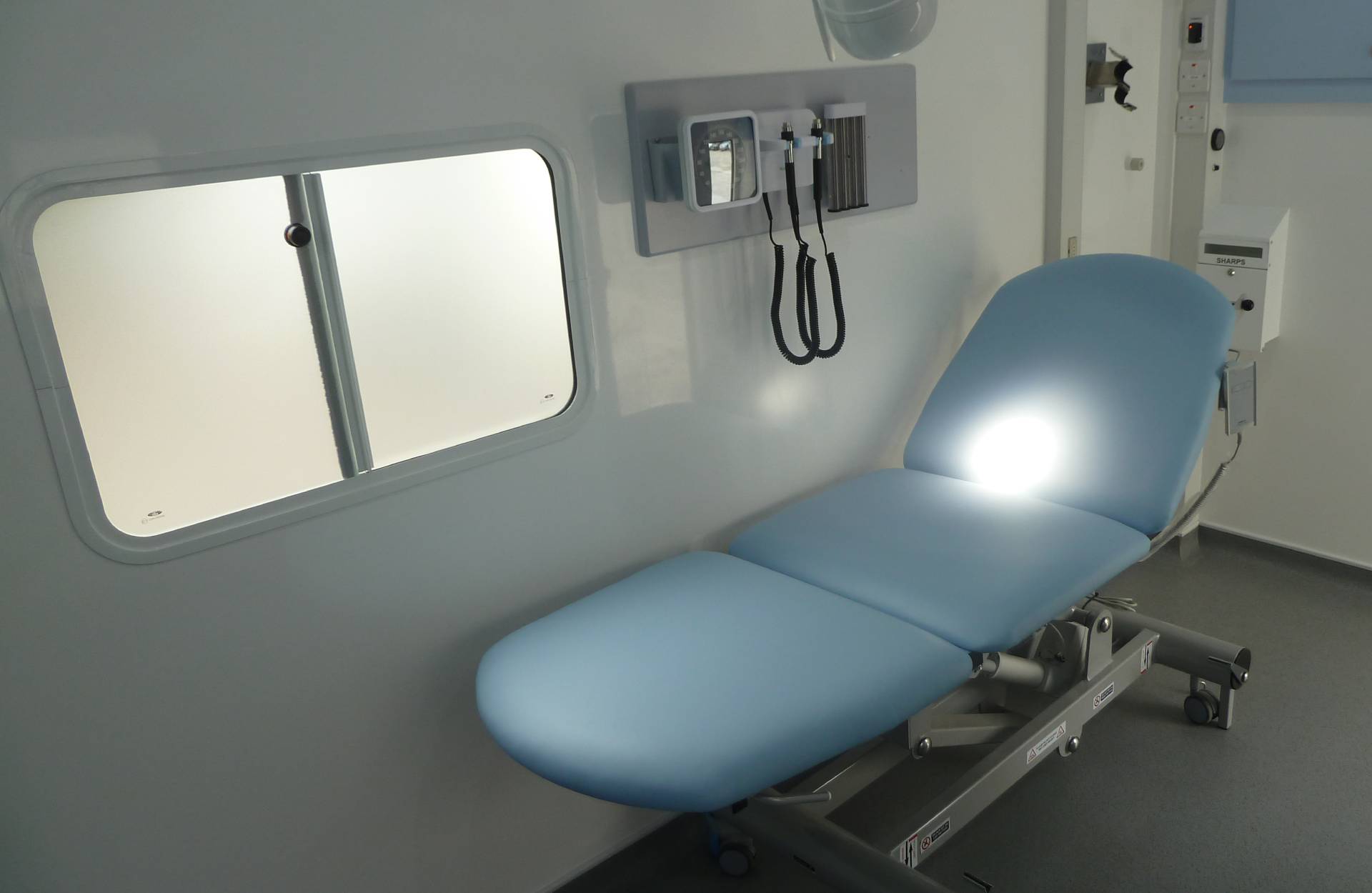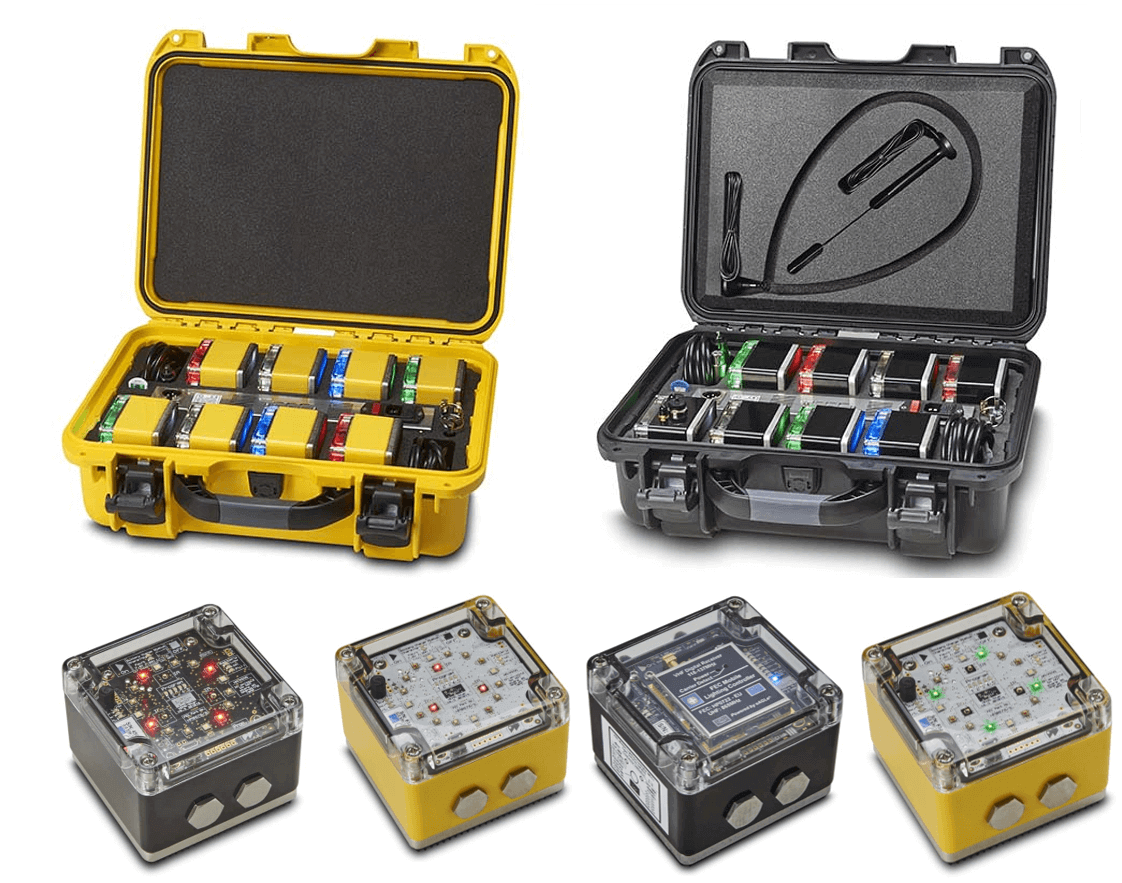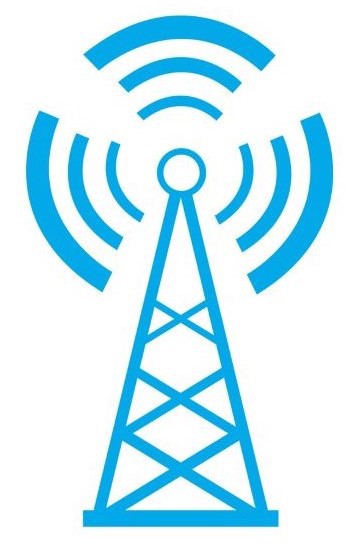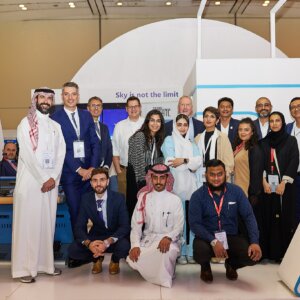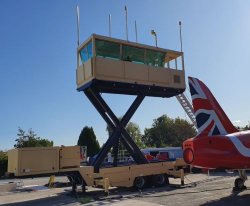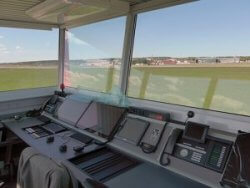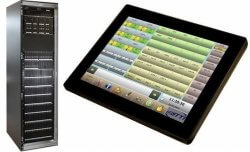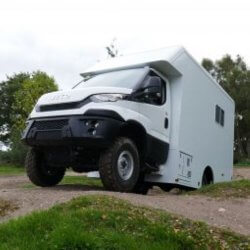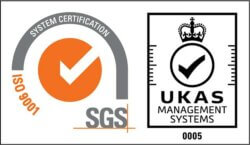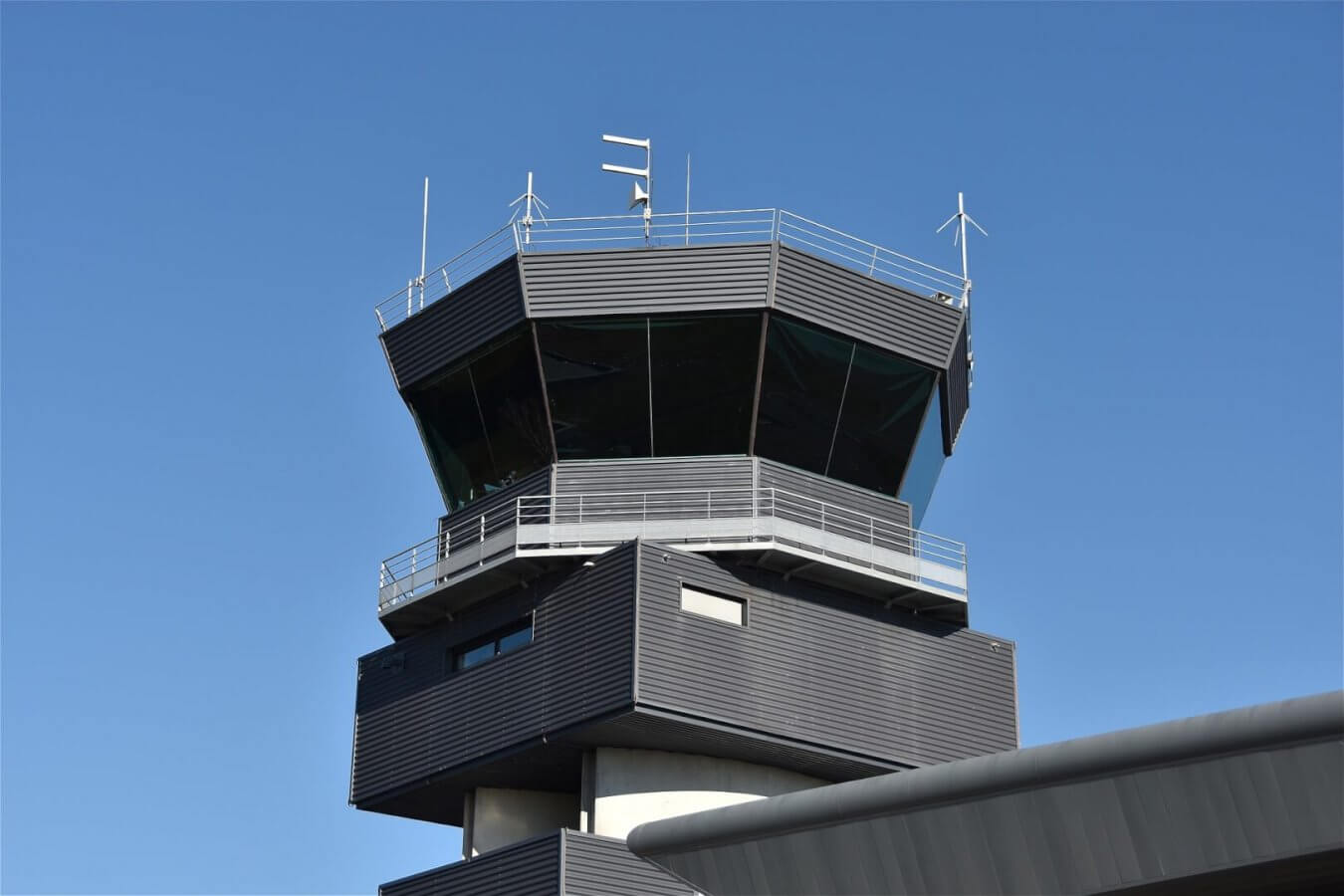Mobile ATC Systems Ltd (MATC) maintains a supplier agnostic position in order to provide solutions to suit all customer needs. We can provide customer preferred solutions or where there is no indicated preference, we will scope the most cost-effective solution based on customer’s operational requirements. A range of configurations to provide resilience and redundancy are also available to suit the system application.
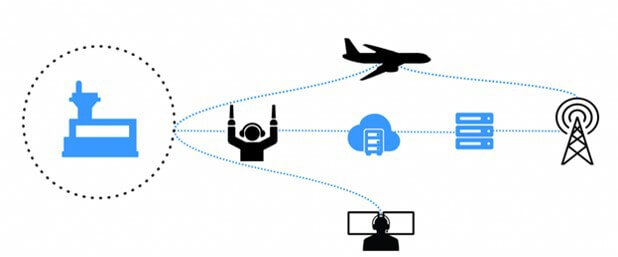
Air-Ground Radio Communications:
VHF Radios. Aeronautical VHF Airband radios typically operate between 118.000 MHz and 137.000 MHz and provide most communications for ATC Air-Ground purposes. Extended frequencies are available from most manufacturers if required but a standard model is usually enough for most mobile tower applications. Radios are normally supplied with adjustable power settings ranging from, 1 Watt (W) or 5W to 50W without additional amplification. The power setting can usually be a low to medium level for Mobile VCR applications, and high-power settings would normally be used for en-route or longer-range applications.
UHF Radios. UHF Airband frequencies are normally used for Military Aircraft and operate between 225.000 MHz and 400.000 MHz. Most manufacturers have an Amplitude Modulation (AM) voice only model for clear voice operations, but many also offer radios with Frequency Modulation (FM) and additional Military waveforms to provide encryption or frequency hopping options. Some manufacturers also provide V/UHF radios capable of operating from 100-400MHz. These additional waveforms, frequency ranges, and the radios they are hosted on, are very often export controlled technology and require export licenses which will impact on their availability to certain parts of the world.
VHF and UHF Radio systems can be supplied as traditional analogue solutions or as EUROCAE compliant Voice-over-IP systems integrated into a local network with the VCS and Voice Recorder.
HF Radios. Typically operating between 1.6 MHz and 30MHz HF radios are commonly used for long range communication. For mobile tower applications we have found that low power models (typically up to 125 W PEP) are more than sufficient and a skywave range of between 550km and 630km could be achieved in ideal conditions. It should be noted that HF radio propogation is notoriously complex and effected by environmental conditions far more than VHF or UHF frequencies making it a less reliable communication medium.
Ground-Ground Radio Communications:
Airport Management Radios can also be provided for Ground-Ground airport management purposes and are available as VHF and UHF, AM or FM equipment depending on customer frequency requirements and licensing. We can supply fixed, mobile and handheld radios as well as radio repeaters if required.

